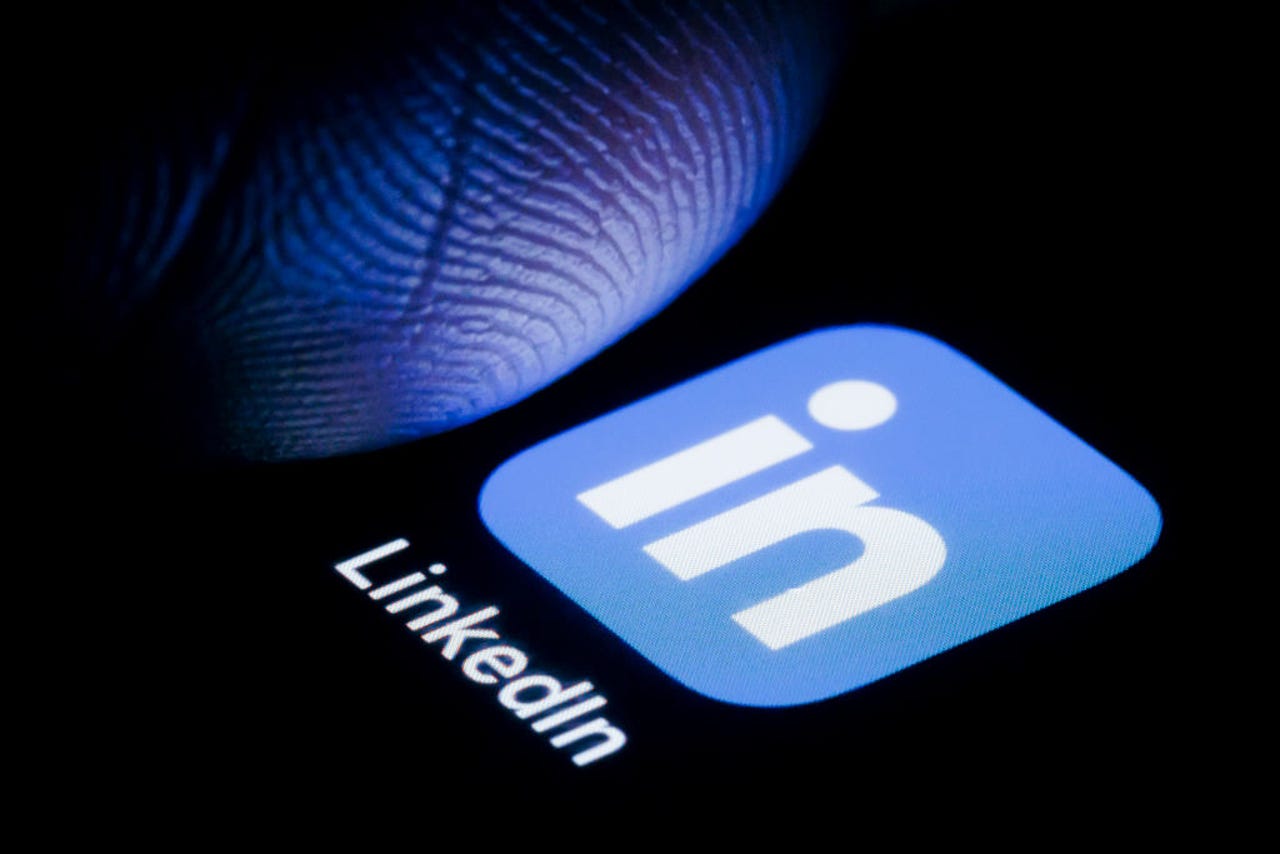'ZDNET Recommends': What exactly does it mean?
ZDNET's recommendations are based on many hours of testing, research, and comparison shopping. We gather data from the best available sources, including vendor and retailer listings as well as other relevant and independent reviews sites. And we pore over customer reviews to find out what matters to real people who already own and use the products and services we’re assessing.
When you click through from our site to a retailer and buy a product or service, we may earn affiliate commissions. This helps support our work, but does not affect what we cover or how, and it does not affect the price you pay. Neither ZDNET nor the author are compensated for these independent reviews. Indeed, we follow strict guidelines that ensure our editorial content is never influenced by advertisers.
ZDNET's editorial team writes on behalf of you, our reader. Our goal is to deliver the most accurate information and the most knowledgeable advice possible in order to help you make smarter buying decisions on tech gear and a wide array of products and services. Our editors thoroughly review and fact-check every article to ensure that our content meets the highest standards. If we have made an error or published misleading information, we will correct or clarify the article. If you see inaccuracies in our content, please report the mistake via this form.
How to add a new credential to your LinkedIn profile, and why you should


Professional certificates and credentials can provide a nice little boost to your career prospects. They tell prospective employers that you took the time to learn a skill or focus on an area of study, to the point where you were competent enough to pass an evaluation.
Don't confuse certificates and credentials with accredited degrees. Degrees are a far longer (and usually far more expensive) course of study. In many cases, degrees show employers that you have foundational learning and discipline in your area of study, whereas credentials show employers you have studied a specific skill or topic.
Also: Open to work? Three new LinkedIn features make job searching easier than ever
Watch out for training institutions that hawk so-called "micro-degrees." They claim they're giving you a degree for a few months' worth of work. A micro-degree is not a full degree. It's just another name for a credential.
All that said, let's say you just completed a credential. How do you show it off on LinkedIn? That's what this article is going to show you.
I've been hearing from many of you that you took the IBM AI Fundamentals certificate program I wrote about last month. Good for you! It's a pretty good use of time, with some solid training and not all that much brand-specific hype.
Like you, I decided to take the full certificate program myself. I did it over the holiday break. Using my completion process, I'll show you how you can add a certificate to your LinkedIn profile.
How to add a credential to your LinkedIn profile
What you'll need: The only thing you'll need for this is a LinkedIn account.
Also: I took this free AI course for developers in one weekend and highly recommend it
1. Register your credential
There's an entire industry of credential management agencies that track earned credentials and provide data to employers, and those who want verification of a prospect's credentials. IBM uses Credly, but other firms in the technical credential space include BadgeCert and Accredible.
Be sure to register your certification with the appropriate credential management agencies. In the case of the IBM AI training, I registered with Credly.
Credly provides several social sharing options, as well as a way for you to print out or share a more formal verified certificate so that a prospective employer has proof you earned the credential.
Now, you're ready to add that credential to your LinkedIn profile.
2. Add a licenses and certifications profile section
Despite having a bunch of pre-existing certifications, I did not already have a licenses and certifications section in my LinkedIn profile.
On your main profile page, click the Add Profile Section button, located right under your main header.
LinkedIn will present a list of possible profile sections you can add. If you don't see licenses & certifications, hit the drop-down arrow in the Recommended section to reveal more options.
Click "Add licenses & certifications."
3. Add details of your new credential
Once you click "Add licenses & certifications," you'll be presented with a credential entry form:
Fill it out appropriately. If this isn't your first credential, scroll down to your existing credentials and click the + icon.
And there you go. Your credential is now on LinkedIn for all to see.
Also: How tech professionals can survive and thrive at work in the time of AI
What about you? Have you taken the IBM AI course? Have you taken any other AI courses? What other credential programs have you participated in? What did you think of the learning experience? Let us know in the comments below.
You can follow my day-to-day project updates on social media. Be sure to subscribe to my weekly update newsletter on Substack, and follow me on Twitter at @DavidGewirtz, on Facebook at Facebook.com/DavidGewirtz, on Instagram at Instagram.com/DavidGewirtz, and on YouTube at YouTube.com/DavidGewirtzTV.